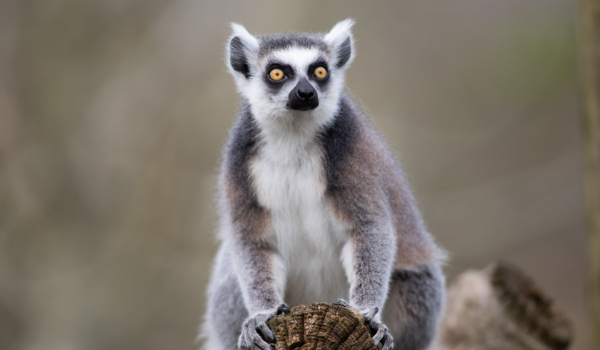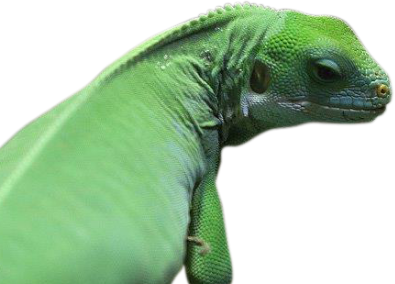Ring-tailed Lemur
KEY FACTS
-
LATIN NAMELemur catta
-
BIOMETropical Forests
-
CLASSMammal
-
ORDERLemurs
-
CONSERVATION STATUSEndangered
COME AND FIND ME AT..
Free Roaming

About the Ring-tailed Lemur
Made famous by Dreamwork’s Madagascar films and its lovable ‘King Julien’ character, the Ring-tailed Lemur is easily recognisable by its black and white-ringed tail. About a metre in length if the tail is included, the animal’s fur is grey or rosy-brown and white with black markings around its eyes. They have a fox-like muzzle and their lower jaw has teeth designed for grooming their fur which is shaped like a comb!
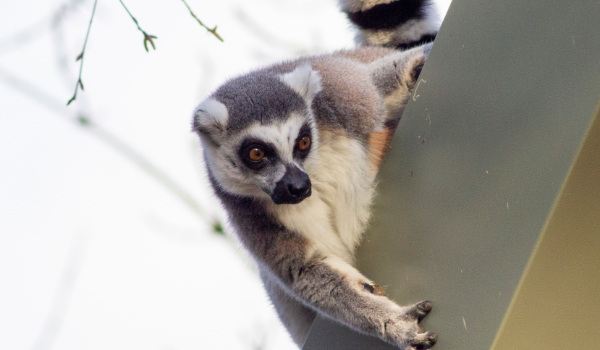
Habitat
Lemurs hail solely from the island of Madagascar, and the Ring-tailed variety moves between forests and scrub in southwestern areas. They are omnivorous and the most terrestrial of all lemurs, spending up to a third of their time on the ground. Home ranges vary between 6 and 35 hectares and groups tend to remain in one area for a couple of days before moving on, travelling about one kilometre at any one time.
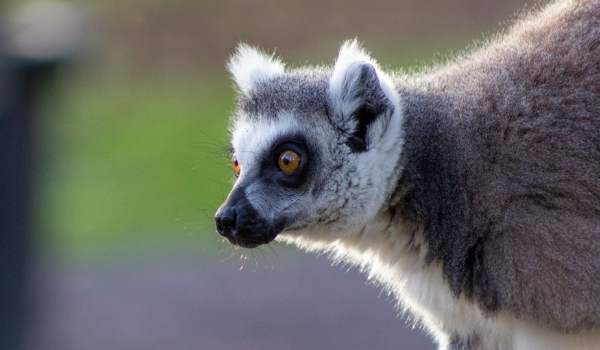
Wild Notes
The species is thought to be the oldest living Primate in the world – its ancestors having made their way to the island from mainland Africa over 65 million years ago. Its name also means ‘Spirits of the Night’ or ghosts.
The animal is very social and lives in groups of up to 30 individuals, cuddling together to reaffirm bonds and to keep warm.
In a trait that’s characteristic amongst all lemurs, the female is dominant. She usually has one or two young and, when born, baby Lemurs will cling to the underside of their mother for around two weeks before moving on to her back.
They have scent glands on their forearms and inside their upper arms for marking out their territory.
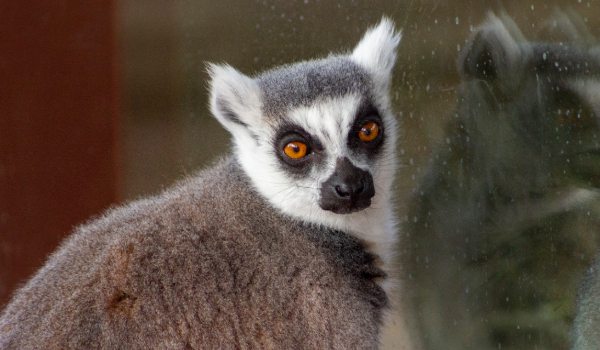
Conservation
They are currently classified as Endangered with recent reports suggesting that there has been a 95% reduction in the wild population of Ring-tailed lemurs since 2000. It is estimated that there may only be 3,000-3,200 individuals remaining in Madagascar. Population fragmentation due to human-induced habitat destruction is a major threat to this lemur species. Since the arrival of humans 2000 years ago, Madagascar has lost more than 90% of its original forest. Other threats they face include the illegal pet trade and bushmeat hunting.
Did You Know?
The male lemur often participates in ‘Stink Fights’ when fighting a rival. It will cover its tail with an unappealing odour that it excretes from scent glands located on its forelimbs. The stink fight that ensues is designed to force an opponent to concede defeat!
The species walks on all four limbs, holding its tail upright with the tip curving away to form the shape of a question mark.
The Fota Connection.
The Ring-tailed Lemurs have been-ever present at Fota Wildlife Park since it opened its gates in 1983. They reside in the Madagascan Village on Palm Walk with their closely related neighbours on separate islands; the Black and white ruffed lemurs and the Red-bellied lemurs. The current troop is an amalgamation of 2 resident lemurs and 4 new females from Wildlands Adventure Zoo in the Netherlands. Fota Wildlife Park has a history of breeding Ring-tailed lemurs since 1984 and many of their young have travelled to other wildlife parks and zoos across the globe.
